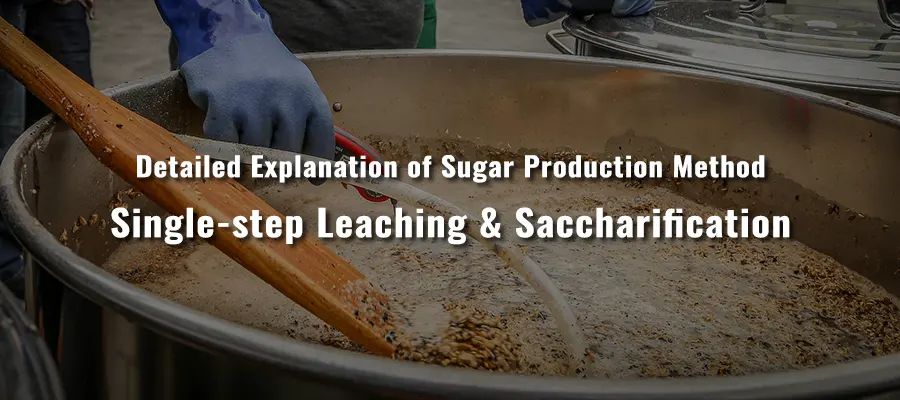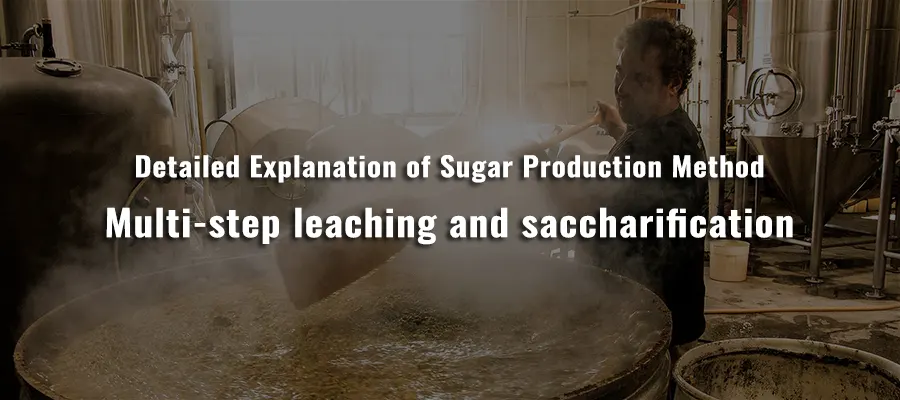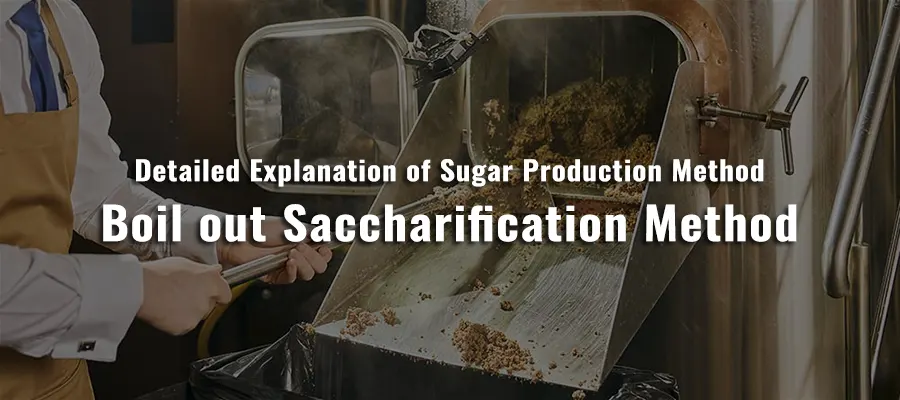Sladování a rmutování jsou základními aspekty procesu vaření piva. To jsou procesy, které po tisíciletí transformovaly škrobové sklizené obilí na sladkou mladinu, která se fermentuje na pivo a pivo.
Všechny způsoby cukernatění mají společný cíl: vytěžit ze sladu co nejvíce a kvalitního extraktu, poskytnout ho kvasinkám a proměnit mladinu v pivo.
První krok rozpouštění sladu však nezačíná sacharizací, ale již při sladování. Včetně vlastností pšenice, které byly také určeny během sladování. Některé vlastnosti sladu lze samozřejmě ovlivnit již během rmutování.
Během sacharizace můžeme zvolit metodu sladování a metodu ošetření podle vlastností sladu, abychom mohli kontrolovat vlastnosti piva, jako je stupeň kvašení, chuť, stabilita pěny nebo zda je dostatek živin pro kvasinky.
JEDNOSTUPŇOVÁ EXTRAKČNÍ SACHARIFIKACE
Typické vybavení pivovaru
Kotel, kotel 2 v 1 (sud na uchování tepla, vynikající účinek uchování tepla) a Lauter tank (filtr, šikmé dno, provoz s orebním žlabem). K sacharifikaci ve vaku lze použít také filtrační vak.
Popis
Nejstarší metodou, která se dodnes používá ve většině britských a amerických pivovarů, je louhování za jedné teploty. Podle zpráv z anglicky mluvících zemí se metoda jednorázového louhování používala v domácím pivovarnictví ještě před industrializací.
Způsob provozu
Drcený slad a ohřátá napájecí voda se smíchají v nádobě a poté se sacharizace zastaví (po určitou dobu se udržuje v teple). Během filtrace pak kompaktní pšeničná zrna klesají do rmutu a vytvářejí přirozenou filtrační nádrž, ze které mladina proniká a nakonec se dostává do kotle. Po odebrání prvního sladu můžete začít odebírat mladinu promytou zrny.
Klidová teplota
Rmut (směs sladu a horké vody) se nechal 60-90 minut stát při teplotě 61-71 ℃: při teplotě 61-63 ℃ β- je amyláza aktivnější a lze získat mladinu s vysokým stupněm prokvašení, která je vhodná pro vaření suchého piva. Mladina s vysokým obsahem maltózy má rychlou rychlost kvašení, což je příznivé pro udržení kvasinek v suspenzi po dlouhou dobu; při 69-73 ℃ α- Amyláza je aktivnější a produkuje nezkvasitelný dextrin. Výsledná mladina má nízký konečný stupeň prokvašení a bohatý obsah dextrinů. Je vhodná pro vaření sladkého a plného piva.
Když dosáhne 69-70 ℃, rozkladná schopnost β amylázy se sníží a pod 65 ℃ je rychlost rozkladu β amylázy velmi pomalá a může dojít k neúplnému sacharizování. Při teplotě 65-68 ℃ se cukerné složení mladiny neliší.
S ohledem na teplotu působení obou enzymů je nejdoporučovanější teplota jednostupňové extrakce cukru 66-67 ℃. Při této teplotě extrakce cukru jsou stupeň kvašení a chuť mladiny velmi dobré.
Mladina se zahřeje na 76-78 ℃ po dobu 5 minut a poté se zrna přeplní, aby se snížila aktivita amylázy, v zrnech bylo více cukru a usnadnila se filtrace zrn.
Vyvážení chmelové chuti v pivu můžeme dosáhnout kontrolou obsahu zbytkového cukru (obsahu nezkvasitelného cukru), například mladinou s vyšším počátečním obsahem cukru, použitím páleného sladu (tmavé pivo, chromatičnost větší než 20srm, poměr použití menší než 15%; světlé pivo, chromatičnost menší než 20srm, poměr použití menší než 30%) a výběrem kmenů kvasinek s nižším stupněm konečného kvašení.
Další metodou sacharifikace je chladicí sacharifikace, která začíná při 70 až 74 ℃ a ochlazuje se na 60-65 ℃. Tato metoda sacharifikace může realizovat proces rozkladu škrobu na cukr, ale pro milovníky domácích pivovarů je obtížně kontrolovatelná, protože rychlost deaktivace βamylázy je při 70-74 ℃ velmi rychlá.
Vhodný pivní styl
Základní slad s dobrou rozpustností a silnou enzymovou aktivitou je vhodný pro všechny druhy piva. Je vhodný zejména pro pivo typu ale se světlou barvou, svrchní kvašení a ale se sladem; může být také tmavým pivem, jehož barva pochází z tmavého speciálního sladu.
Mnohostranná selektivita sladových odrůd je pro pivovarníky velmi příznivá, aby mohli uplatnit své odborné znalosti. Při použití některých speciálních sladů, jako jsou Marris otter a halcyon nebo optické slady, lze získat některé zvláštní chutě. Někteří výrobci sladu ve Spojeném království, například Thomas Fawcett, Warminster a birds, poskytují širokou škálu pálených sladů na výběr.






